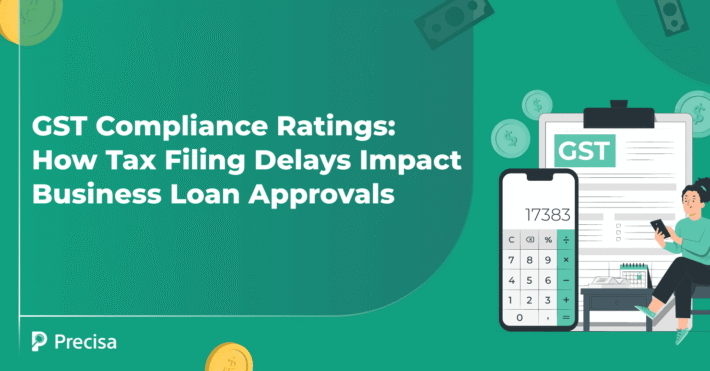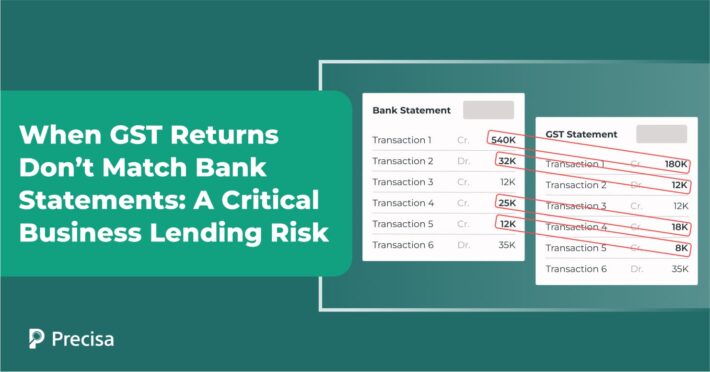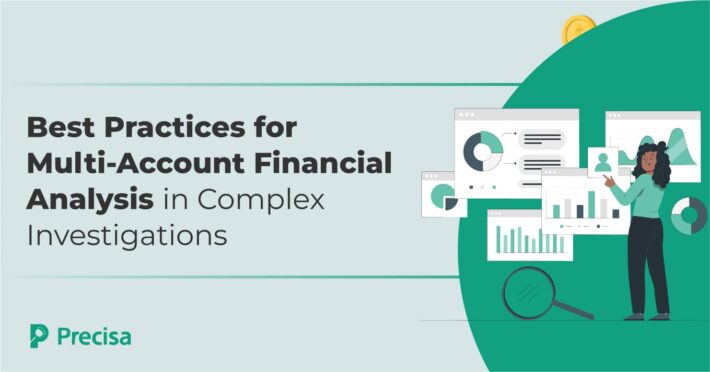Volatility Score: A Better Repayment Predictor Than Income Alone
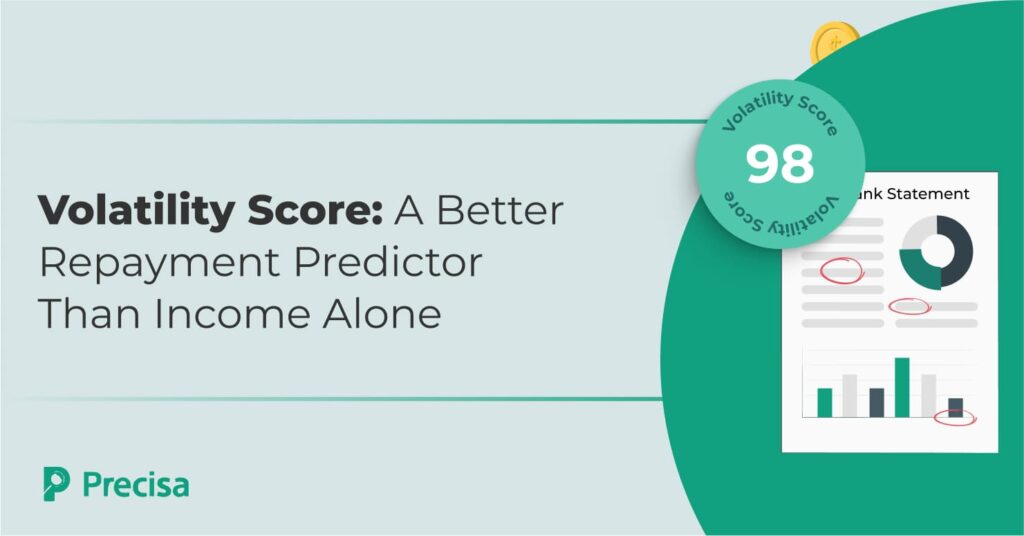
Lenders have long relied on income statements to assess repayment capacity. Yet, defaults still occur among borrowers with seemingly high and stable salaries. Income tells you how much someone earns, not how consistently they manage their money.
Traditional credit assessments overlook a critical factor – cash flow stability. The volatility score changes that, offering lenders a more accurate way to predict repayment risk than income ever could.
This article examines how loan repayment can be predicted more accurately using a volatility score that measures the stability of cash flows, rather than relying solely on income.
What Is a Volatility Score?
A Volatility Score is a financial stability metric that quantifies how consistent an individual’s cash flow is over time. It measures the inflows, outflows, and overall cash flow of the applicant’s bank account to understand its stability. Unlike a one-time income statement, this score captures patterns:
- Does the person get paid regularly or in sporadic lumps?
- Do they maintain healthy balances or frequently run low?
- Are expenses relatively steady or all over the map?
Modern lending platforms have incorporated this into their credit analysis tools. Precisa allots a Volatility Score from 0 to 1 to each applicant. A higher score means your applicant has an unstable cash flow. A lower score signals strong financial stability. This single score helps you quickly judge if someone can manage their monthly EMIs.
How to Calculate Volatility Score?
The Volatility Score is calculated by assessing how much an applicant’s net monthly cash flow fluctuates over a given period, typically the last 6 to 12 months. It translates cash flow consistency into a single, comparable number on a 0–1 scale, where lower scores indicate stability while higher scores signal volatility.
To calculate it, lenders analyze 6 to 12 months of bank transactions. They track every inflow and outflow (salaries, transfers, bills, and EMIs) to see how consistently money moves through the account.
Next, they calculate the average monthly net cash flow (money in minus money out) and measure how much it varies over time. The greater the variation, the higher the volatility.
The score is then derived by comparing the standard deviation of cash flow to the average:
Volatility Score = Standard Deviation of Net Cash Flow / Average Net Cash Flow
In simple terms:
- A higher score means unstable cash flow and higher lending risk.
- A lower score means steady, reliable financial habits.
Why Cash-Flow Volatility Predicts Repayment Better
Volatility acts as a real-world stress test for a borrower’s financial stability.
Consider two applicants. One is a freelancer earning between ₹20,000 and ₹1,00,000 a month. The other earns a steady ₹50,000 every month. While the freelancer’s average income appears higher, the inconsistency poses a repayment risk—during lean months, their EMI capacity weakens.
This risk isn’t hypothetical. As per the RBI’s Financial Stability Report (June 2024), personal loans sourced from variable or unsecured income segments show default rates of around 3.6%, compared to 2.3% across the overall banking sector. For small-ticket borrowers, often those with irregular earnings, defaults can exceed 11%.
Precisa’s Volatility Score directly addresses this risk. The proprietary algorithm (ranging from 0 = very stable to 1 = high variability) analyses fund inflows, outflows, recurring patterns and balance behaviour—identifying accounts with broad income swings before they translate into missed EMIs. By quantifying fluctuations, Precisa helps lenders distinguish between unpredictable earnings and consistent cash flow, leading to smarter credit decisions, more accurate pricing, and lower default exposure.
How NBFCs and DSAs Benefit from Volatility Scoring
NBFCs and DSAs are increasingly using volatility scoring to lend more accurately and confidently. By analysing actual bank transactions instead of relying only on income proofs or bureau scores, they get a clearer picture of how borrowers earn, spend, and manage cash flow.
Volatility scoring helps them in three major ways:
Reduce Defaults Through Better Risk Detection
A borrower may show high income on paper but still struggle with cash flow swings. Precisa’s volatility score flags such applicants early, allowing lenders to avoid or appropriately price high-risk loans.
For example, Precisa’s DSA-service case study shows how a leading direct-selling agent (DSA) dealing with high-volume MSME/business-loan applications transformed its workflow. What used to take around 2 hours per application was reduced to just 30 minutes thanks to Precisa’s AI-powered analytics.
Approve the Right Borrowers Faster
Many thin-file, gig-economy, or small business applicants are rejected under traditional models despite being financially disciplined. Volatility scoring helps lenders identify those with modest but steady finances and approve them confidently.
Expand Credit Without Increasing Risk
Cash-flow-based insights make lending more inclusive. NBFCs and DSAs can responsibly serve new borrower segments while maintaining portfolio quality. Lenders using Precisa’s Volatility Score report significant improvements in underwriting precision and notable reductions in early-stage delinquencies, particularly in MSME and small-ticket personal-loan segments.
How to Incorporate Volatility Score in Your Credit Decisions
Lenders can integrate Volatility Scores into their underwriting process by using transaction-level analysis instead of relying only on income statements or credit bureau data. The most effective way to do this is through AI-driven tools that read and interpret bank statements automatically.
1. Use Automated Bank Statement Analysis Tools
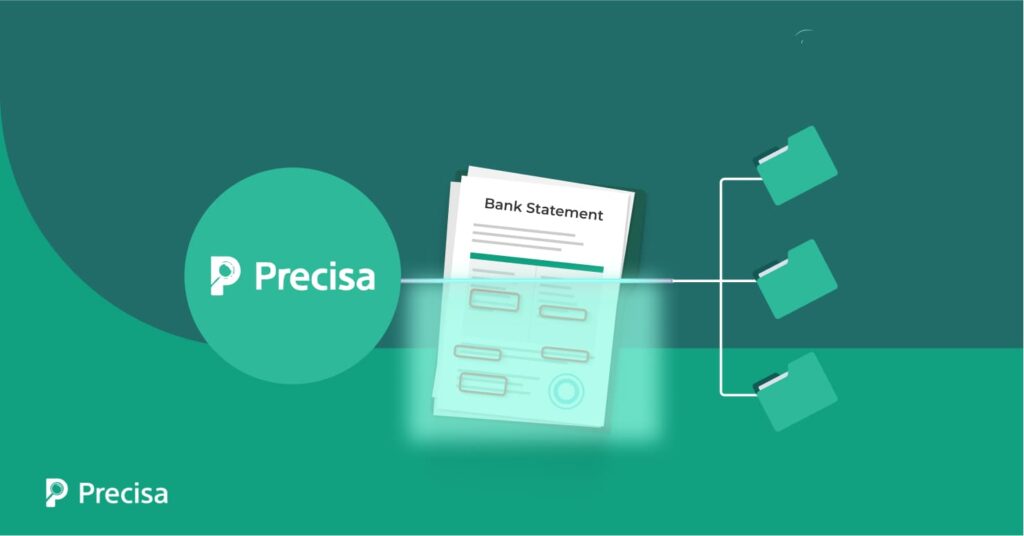
Precisa’s Bank Statement Analyser processes bank statements in minutes and extracts key risk signals. Along with a comprehensive Precisa Score, it generates a separate Volatility Score that highlights how stable or erratic an applicant’s cash flow is.
2. Apply the Score to Adjust Lending Decisions
A Volatility Score helps credit teams quickly gauge financial rhythm:
- 0.00–0.30 (Low Volatility) – Highly stable cash flows with consistent credits and controlled expenses. Applicants in this range demonstrate strong repayment reliability, even if income is modest.
- 0.31–0.60 (Moderate Volatility) – Some fluctuations are present but manageable. These applicants may qualify for standard terms or require minor adjustments like lower loan-to-income ratios.
- 0.61–1.00 (High Volatility) – Frequent income gaps, irregular deposits, or large balance swings indicate higher lending risk. Such profiles may need additional collateral, reduced ticket sizes, or higher interest margins.
3. Combine with Existing Credit Criteria
The Volatility Score should work alongside other metrics like income level, DTI ratio, credit history, and business context. It adds the missing dimension: real-time financial stability.
4. Use It for Early Risk Monitoring
Tracking volatility patterns helps lenders spot early signs of stress. With Precisa’s Volatility Score, lenders can monitor month-on-month changes in a borrower’s cash flow. A rising score (toward 1.0) signals increasing instability, such as irregular deposits, shrinking balances, or sudden expense spikes. These trends often appear weeks before repayment delays, giving credit teams an early warning to act.
Integrating the Volatility Score into your credit process is simple with Precisa’s platform and APIs.
- Via Dashboard: Lenders can upload applicant bank statements directly to the Precisa Web Platform, which automatically analyses data and displays both the Precisa and Volatility Scores within minutes.
- Via API Integration: Institutions can embed the Precisa API into their loan origination systems (LOS) or CRM, enabling automated bank-statement ingestion, real-time volatility scoring, and rule-based decision triggers without manual intervention.
- Custom Configuration: Credit teams can define thresholds (e.g., flag applicants with Volatility Score > 0.7 for review) and link them to automated underwriting workflows for faster, consistent decisions.
Final Thoughts
While traditional credit models rely on income and bureau data, Precisa’s Volatility Score gives lenders the missing edge—real-time visibility into cash-flow stability. It’s how leading NBFCs and DSAs are approving loans faster, pricing risk smarter, and reducing early delinquencies without expanding default exposure.
If your goal is to improve underwriting accuracy, protect portfolio quality, and expand credit safely, the next step is simple.
Start predicting defaults before they happen. Book your demo of Precisa’s Volatility Score today.

